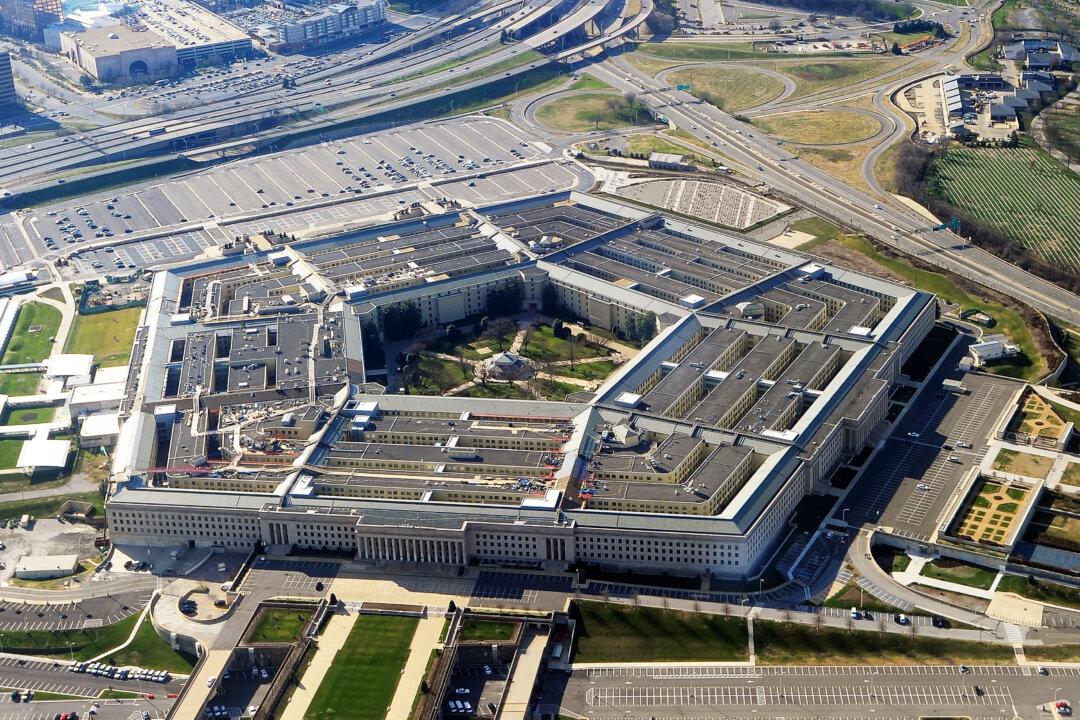The annual defense policy bill is headed for the president’s desk, nearly three months late but just in time for Congress to get home for the holidays to end its year.
House conservatives raised objections over the massive package’s exclusion of “anti-woke” provisions that the chamber approved in July, including the repeal of the Pentagon’s abortion travel policy, and challenged its inclusion of a four-month extension of the Foreign Intelligence Surveillance Act’s (FISA’s) Section 702, forcing a preliminary vote to adjourn rather than vote on a “flawed” bill.





